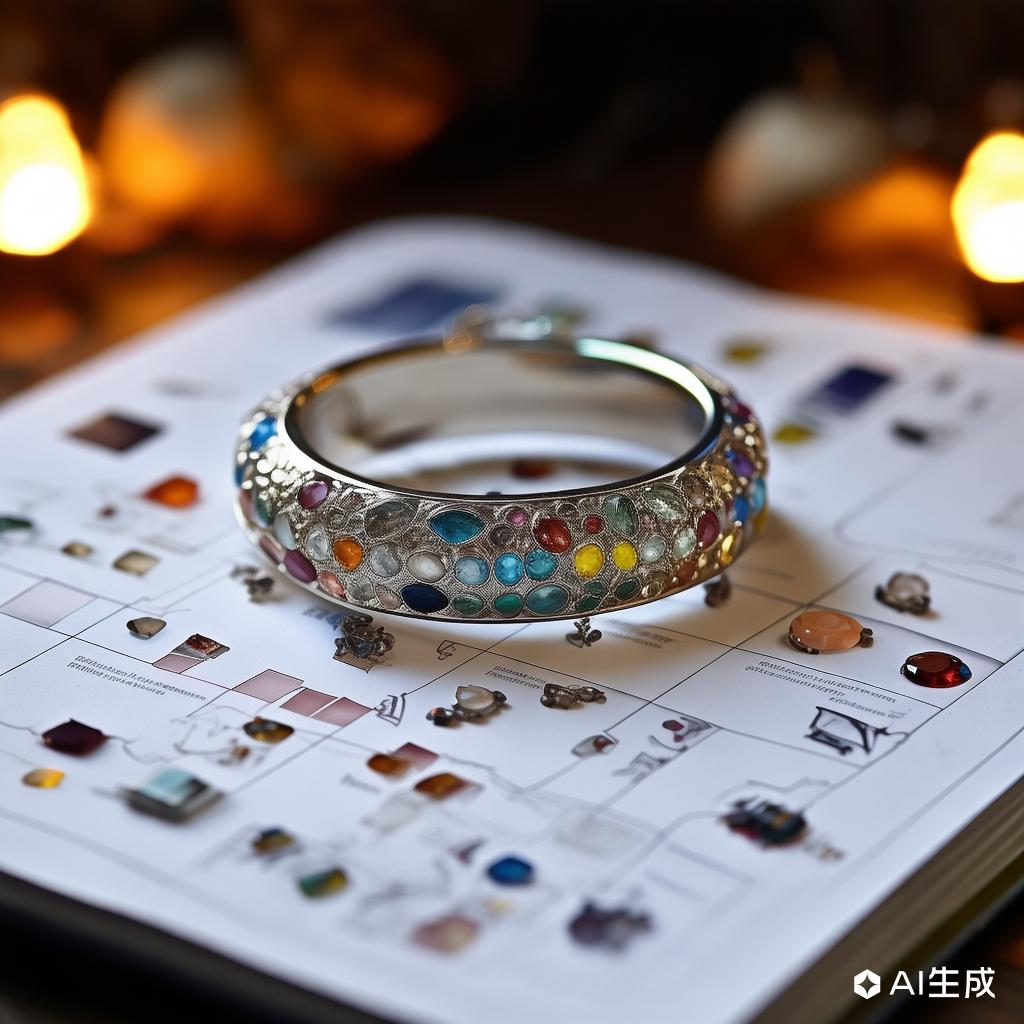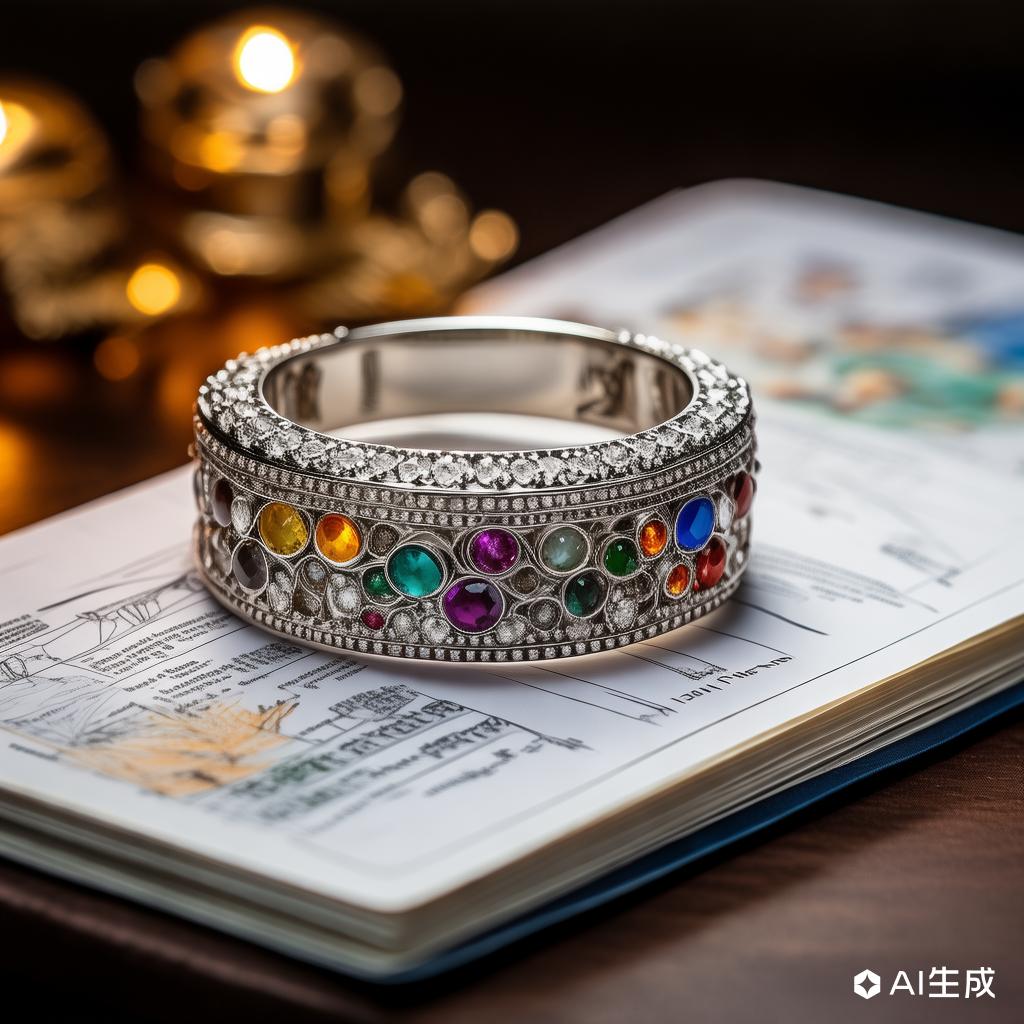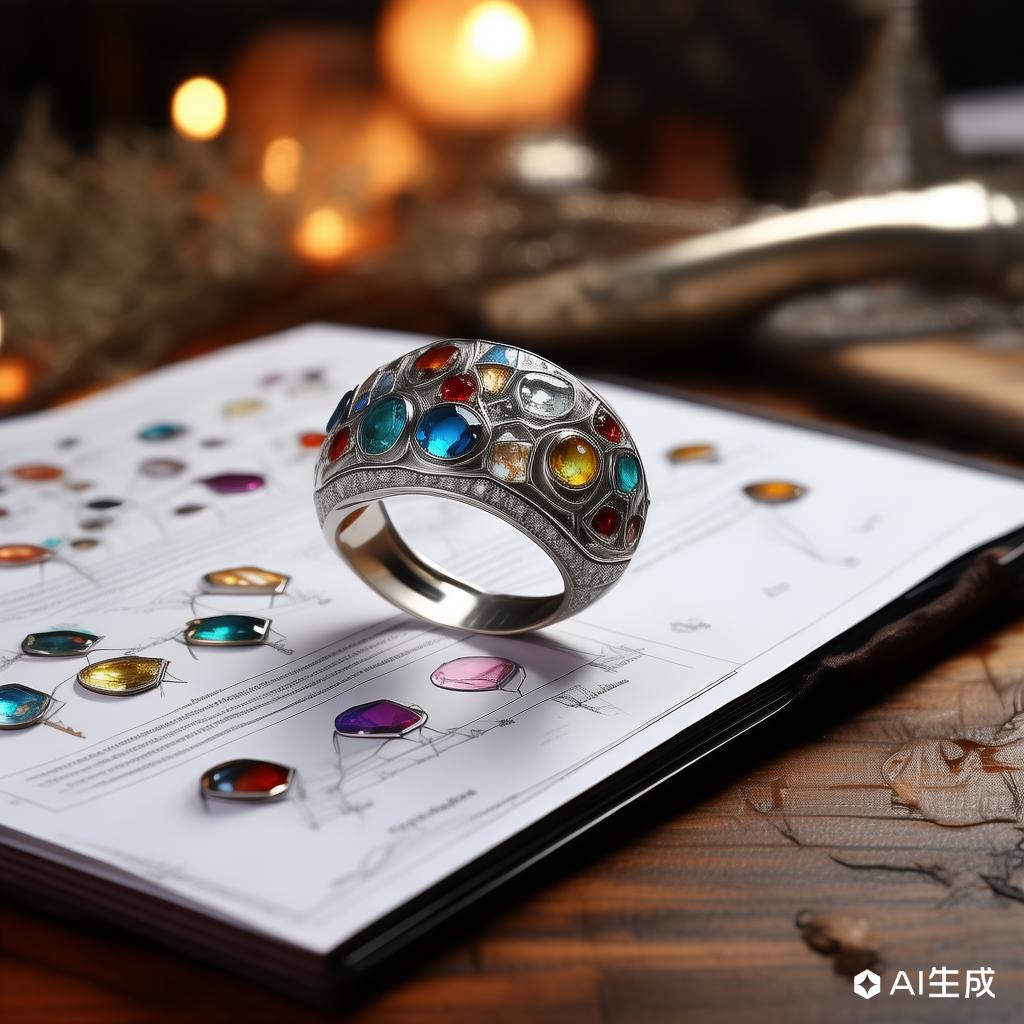Mastering Jewelry Inlay Techniques: A Comprehensive Guide
Share



Jewelry inlay methods have been used for centuries to add intricate designs and vibrant colors to various pieces. These techniques involve embedding materials such as stones, metals, or other decorative elements into the surface of jewelry to create stunning visual effects. Whether you are a seasoned jeweler or a hobbyist, understanding these methods can elevate your craftsmanship. Here’s a detailed look at some popular jewelry inlay techniques.
### 1. **Channel Inlay**
Channel inlay is a classic method where grooves or channels are cut into the jewelry piece, typically a ring or bracelet. These channels are then filled with materials like turquoise, opal, or other gemstones. The stones are meticulously cut to fit snugly into the channels, and the surface is polished to a smooth finish. This technique is widely used in Native American jewelry and offers a clean, elegant look.
### 2. **Pavé Inlay**
Pavé inlay involves setting small gemstones closely together, creating a "paved" appearance. This method requires precision, as the stones are often tiny and need to be placed uniformly. The result is a dazzling, continuous surface of gemstones that adds significant sparkle and texture to the jewelry piece.
### 3. **Bead Setting**
In bead setting, small beads of metal are raised around the gemstones to hold them in place. This technique is similar to pavé but typically involves larger stones and more pronounced metalwork. Bead setting is ideal for creating a more textured and dimensional look.
### 4. **Prong Setting**
While not a traditional inlay method, prong setting can be adapted to create inlaid effects. Prongs are used to secure larger gemstones, and the surrounding area can be inlaid with other materials to enhance the overall design. This method offers versatility and allows for the incorporation of various gemstones and metals.
### 5. **Flush Setting**
Flush setting, also known as gypsy setting, involves sinking the gemstone into the metal so that its surface is flush with the jewelry piece. This technique creates a sleek, modern look and is often used for minimalist designs. The inlaid material is carefully positioned and secured, ensuring a seamless finish.
### Tips for Successful Inlay Work
- **Precision is Key:** Measure and cut your materials accurately to ensure a tight fit.
- **Choose the Right Adhesives:** Use high-quality adhesives suitable for the materials you are working with.
- **Practice Patience:** Inlay work requires meticulous attention to detail and patience.
- **Finishing Touches:** Proper polishing and finishing can make a significant difference in the final appearance of your piece.
By mastering these inlay methods, you can create unique and captivating jewelry pieces that stand out. Whether you prefer the timeless elegance of channel inlay or the modern appeal of flush setting, these techniques offer endless possibilities for creativity and expression.